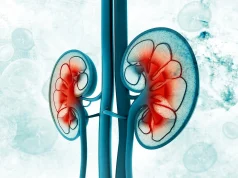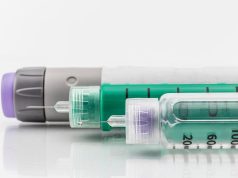Decrease in excess risk of all-cause mortality from 1995 to 2013 for those with end-stage renal disease
FRIDAY, Dec. 15, 2017 (HealthDay News) — Among individuals with end-stage renal disease (ESRD), there was a decrease in the excess risk of all-cause mortality from 1995 to 2013, according to a study published online Dec. 14 in the Clinical Journal of the American Society of Nephrology.
Bethany J. Foster, M.D., from the Montreal Children’s Hospital Research Institute, and colleagues calculated relative excess risks to examine the correlation between advancing calendar time and all-cause mortality. Data from 1,938,148 children and adults with ESRD from 1995 to 2013 were included.
The researchers observed variation in the adjusted relative excess risk per five-year increment in calendar time from 0.73 for 0- to 14-year-olds to 0.88 for ≥65-year-olds, meaning that for any five-year interval between 1995 and 2013, there was a 12 to 27 percent decrease in the excess risk of ESRD-related death. Over time there were decreases in excess mortality for all ages and both during treatment with dialysis and with a functioning kidney transplant. The youngest individuals with a functioning kidney transplant had the largest relative improvements; the oldest individuals had the greatest absolute decreases in excess ESRD-related mortality.
“The excess risk of all-cause mortality among people with ESRD, over and above the risk in the general population, decreased significantly between 1995 and 2013 in the United States,” the authors write.
Copyright © 2017 HealthDay. All rights reserved.








